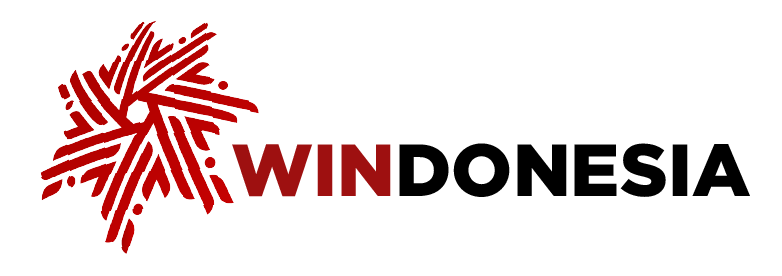News
Rice prices surge as market distortion deepens
Tenggara Strategics August 16, 2025 Record stockpile: A worker carries government rice aid on March 3, 2024, at the warehouse of state-owned food logistics company, Bulog, in Talumolo village, Gorontalo city, Gorontalo. (Antara/Adiwinata Solihin)
Record stockpile: A worker carries government rice aid on March 3, 2024, at the warehouse of state-owned food logistics company, Bulog, in Talumolo village, Gorontalo city, Gorontalo. (Antara/Adiwinata Solihin)
Indonesia’s rice market is in turmoil, despite the government’s claim of holding the largest rice reserves in history. Prices continue to rise, consumers are paying more for lower-quality rice and the government’s response risks deepening the uncertainty. Its crackdown on rice businesses accused of producing oplosan rice, where medium-quality rice is mixed and sold as premium, is suspected of depleting supplies to retailers and driving up prices.
The government asserts that the state logistics agency Bulog, now led by a retired military officer, has amassed 3.7 million tons of rice in its warehouses, the highest in the country’s history and well above the mandatory government rice reserve of 1.5 million tons. But this accumulation has not come without consequences. Private millers were reportedly crowded out as Bulog aggressively purchased rice directly from farmers during the main harvest season from January to April this year.
Despite the increase in Bulog’s stockpile, data from Statistics Indonesia (BPS) and market reports point to a puzzling situation. As of August 4, 2025, premium rice in Jakarta is priced at Rp 16,217 per kilogram (about US$1), and medium rice at Rp 14,335, well above the government’s price ceiling of Rp 13,136 for Jakarta. In some regions, particularly in Maluku and Papua, prices soar even higher, up to 21 percent above the ceiling.
In theory, prices are driven by supply and demand. Yet BPS data reveals an unusual trend: rice production has increased, but prices continue to rise. According to BPS, rice output grew by 14.5 percent in the first half of 2025, reaching 21.76 million tons compared to 18.93 million tons during the same period last year. As a result of this surplus, the government refrained from importing rice this year, in stark contrast to the 4.5 million tons imported in 2024.
This disconnect between rising supply and rising prices suggests the problem is not a shortage, but a market that is no longer functioning properly. The government has placed blame on rice businesses mixing medium and premium rice and selling it as premium, a practice President Prabowo Subianto has ordered law enforcement to crack down on.
In response, the government now plans to abolish the existing rice classifications of "premium" and "medium," consolidating them into a single category: “regular” rice. A new pricing ceiling and zoning system are being prepared. While simplification may seem logical, it carries the risk of new distortions. A single pricing category could compress price variations, potentially harming low-income households if the new average price sits closer to today’s premium levels. Poor consumers, who typically rely on medium rice, may find themselves priced out of the market.
But is oplosan rice truly the root of the problem of recent rising rice prices? While addressing the illegal practice is important, it may not be the primary cause. The government’s zealous crackdown on rice businesses involved in oplosan practices has led to the withdrawal of many rice brands from retail shelves, further driving up prices. In response, the National Food Agency (Bappanas) has urged rice businesses to keep their products available in stores and to sell them at lower prices. But will businesses be willing to take the risk of facing criminal prosecution?
A more plausible explanation could lie in the government’s aggressive intervention through Bulog’s extensive rice absorption. According to the Millers and Rice Businesses Association (Perpadi), as Bulog stocks more rice in its warehouses, many private millers, particularly small-scale ones, are left in limbo. Of the country’s 169,000 rice millers, 161,000 are small-scale operations. As a result, while Bulog has excessive stocks, supplies at retail markets are down.
To restore stability and public confidence, the government should consider recalibrating Bulog’s procurement strategy. This would help avoid crowding out private millers, especially the smaller ones, while still maintaining adequate national reserves. Greater transparency and enhanced monitoring from farm to retail are also essential, ensuring stock traceability to prevent fraud without unduly penalizing legitimate traders.
Indonesia has seen this scenario before: heavy-handed intervention without strong market signals breeds uncertainty, speculation and public distrust. If the government fails to address the root causes of market distortion, rice may continue to “disappear” between the fields and the dinner table, leaving consumers to bear the burden.

